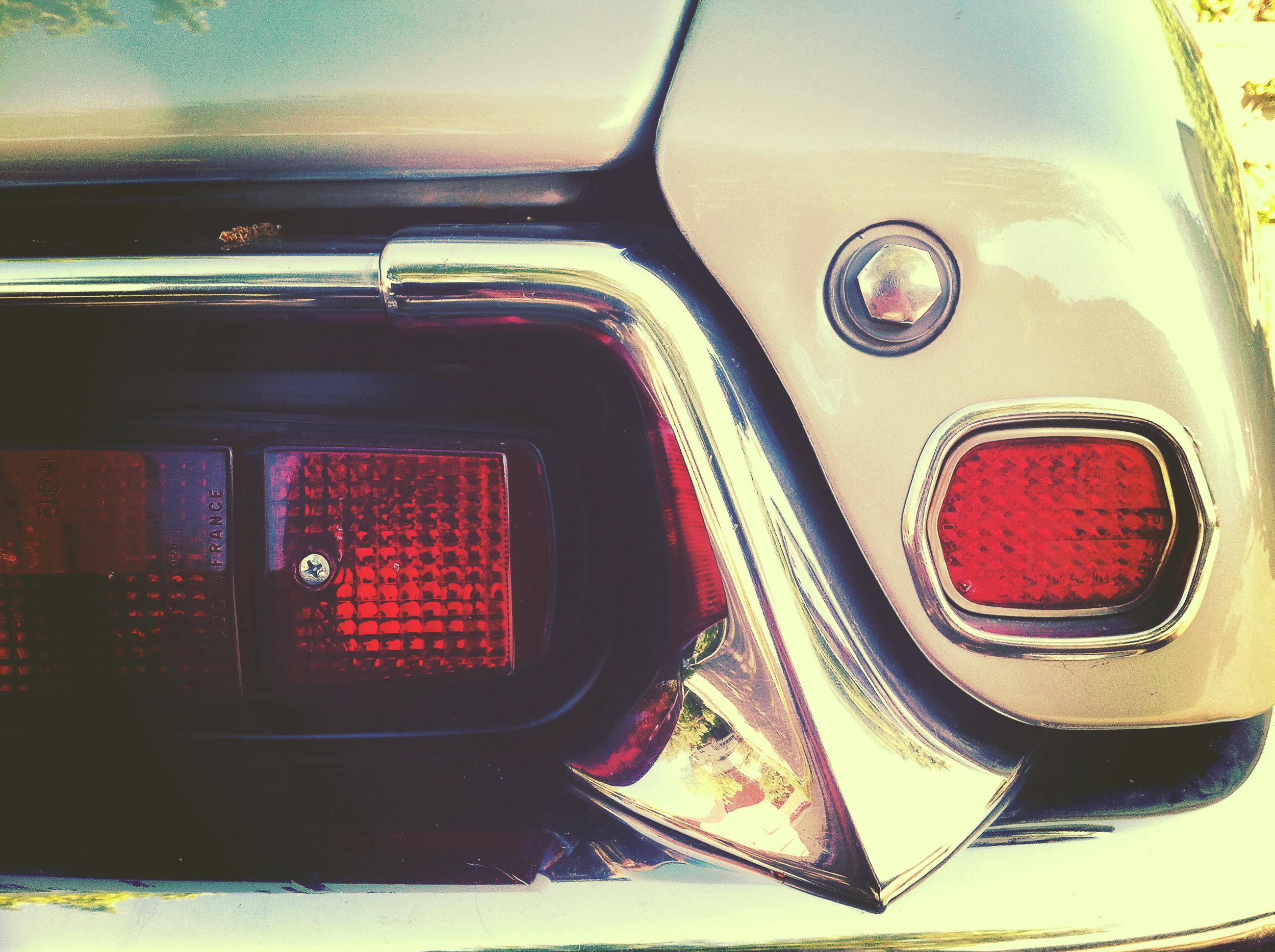Insurance Allows Me to Cancel a Total Loss Claim Despite Claiming Extensive Hidden Damage?
I was rear-ended at high speed while driving at 100 km/h on the highway. My trunk door sustained a dent, and my bumper was pushed in so tightly that it was in contact with my wheel. Initially, the damage seemed minor to me, but I decided to report it because the driver who hit me was unrepentant, and I knew I had to repair the bumper to ensure my safety while driving.
The insurance company deemed my car a total loss, offering me $4,800—far less than what I paid for it—while estimating repair costs at around $7,000. Surprised by this outcome, I requested that they cancel the claim. After a few weeks, they agreed but then claimed that my vehicle had extensive frame damage. When I asked for documentation from the autobody shop that assessed my car, I found no mention of frame damage, only a total repair estimate of $5,500. The adjuster insisted that the frame damage was “very severe,” although I wouldn’t find proof of it in any documents. They offered to “forget” about my claim as if it never happened.
Initially, I thought about letting the claim go, feeling it was absurd to total a car over cosmetic issues. However, I am concerned about driving a potentially unsafe vehicle and want to seek compensation from the driver who caused the accident. Since they cannot provide evidence of the alleged frame damage, I might investigate the matter myself. I’m starting to wonder if they’re trying to cover up the frame damage to avoid payout. As I understand it, in Quebec, a car with frame damage cannot be insured. Most people I’ve spoken to find it unusual that the insurance would allow me to cancel the claim despite stating that there is extensive hidden damage.
I plan to push for a better settlement for my car, but I’d love to hear opinions on what might really be going on here.




It sounds like you’re dealing with a complex and frustrating situation. Based on what you’ve described, here are a few points to consider:
Total Loss Determination: Insurance companies typically declare a vehicle a total loss when repair costs exceed a certain percentage of its value (in your case, they estimated $7,000 in repairs versus a valuation of $4,800). This can feel especially unfair when the visible damage seems minor.
Frame Damage Claims: The assertion of “extensive frame damage” without documentation is concerning. If the autobody shop did not report this damage, it raises questions about the adjuster’s assessment. It’s essential to get clarity on what exactly is meant by extensive frame damage, as this can significantly impact the safety and insurability of the vehicle.
Canceling the Claim: The insurance company’s willingness to let you cancel the claim is unusual, especially given their claims of severe damage. It could be a strategy to avoid a payout or to manage their liabilities. You are correct to be cautious about accepting this without sufficient evidence.
Safety Concerns: Your safety is the top priority. If you’re concerned that the car might be unsafe due to potential frame damage, you might consider having a trusted mechanic or another autobody shop assess the vehicle. They may provide an independent opinion on its condition.
Legal and Insurance Consultation: Given the complexities involved and potential for hidden frame damage, it might be wise to consult with a legal expert or an insurance advisor who understands Quebec’s insurance laws. They can help you navigate your options, especially if you want to pursue additional compensation from the at-fault driver.
Negotiation for a Higher Settlement: As you mentioned wanting to negotiate for a better payout, do keep records of all communications with your insurance company and any assessments from mechanics or autobody shops. This documentation can strengthen your position in negotiations.
In summary, trust your instincts, prioritize your safety, and consider seeking professional advice to navigate this challenging situation. Good luck!